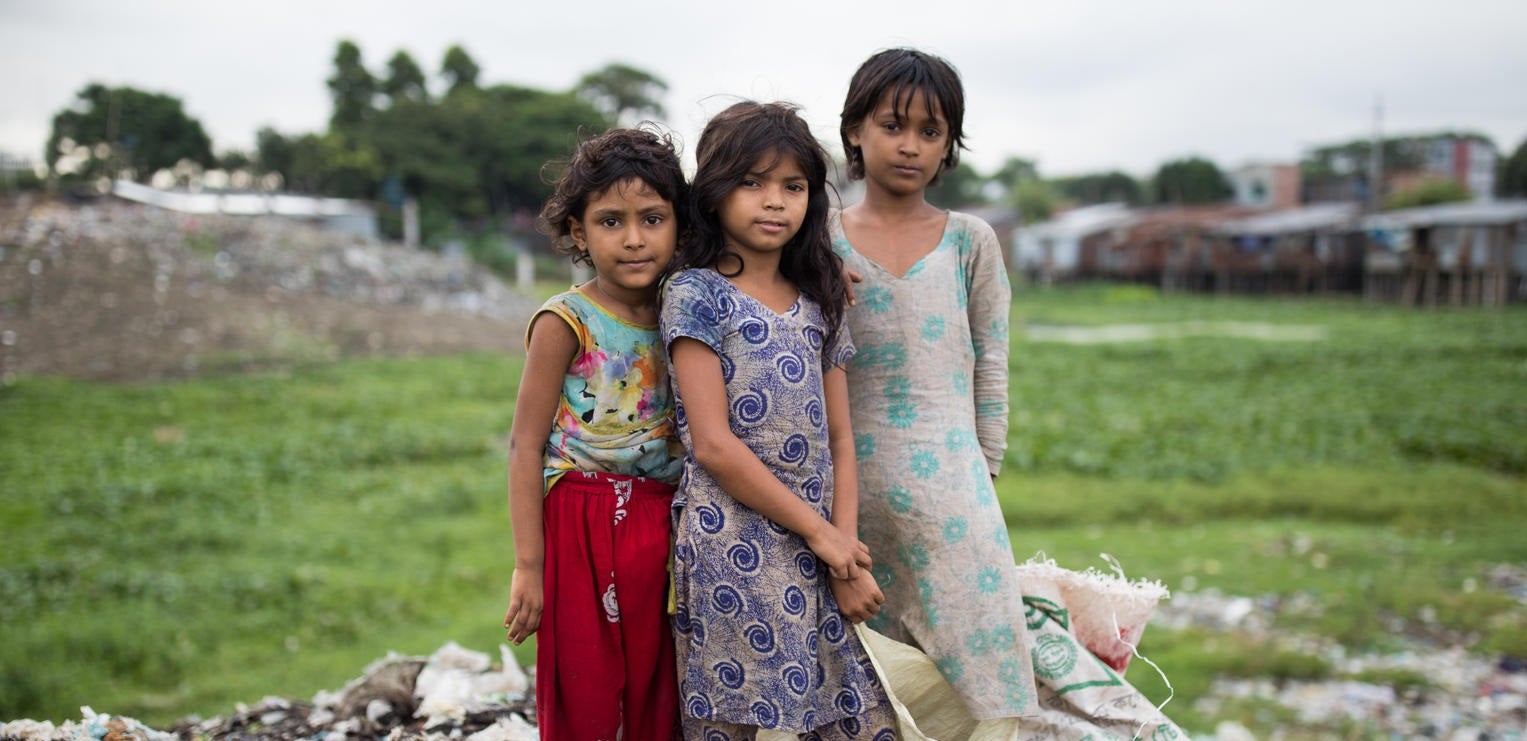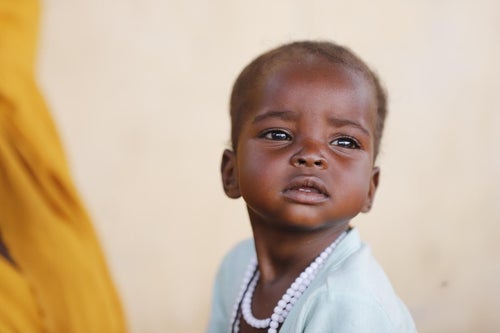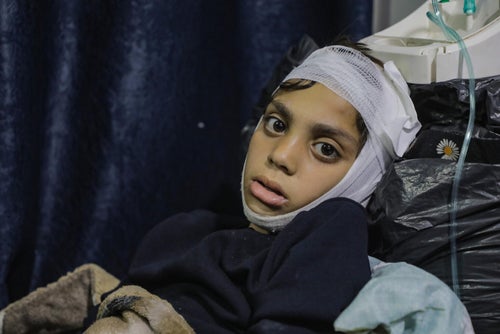Amid an unrelenting war, where children and their families are living in makeshift shelters, surrounded by constant violence and bombardment, severe malnutrition and a looming famine have emerged as the latest threat to children who have survived widespread destruction, airstrikes and multiple displacements.
Inside the Gaza Strip, food is dangerously scarce, market shelves are bare, and minimal humanitarian aid is trickling in, leaving many families who are so desperately trying to provide for their children deprived of food, water and lifesaving medical care.
It is a situation that's beyond dire, with 1 in 5 Gazans now facing starvation, according to the UN-backed Integrated Food Security Phase Classification (IPC).
"Starvation is when the body starts to eat its own fat and then its muscles. The child will grow cold and stop crying. And that’s your fear. When a child stops crying, that’s when starvation is occurring."
Between January and June 2025, at least 19,089 children aged 6 to 59 months were admitted for treatment of acute malnutrition – an average of over 100 children per day. Devastatingly, since April this year, the reported number of children who have died from malnutrition has jumped from 52 to 80.
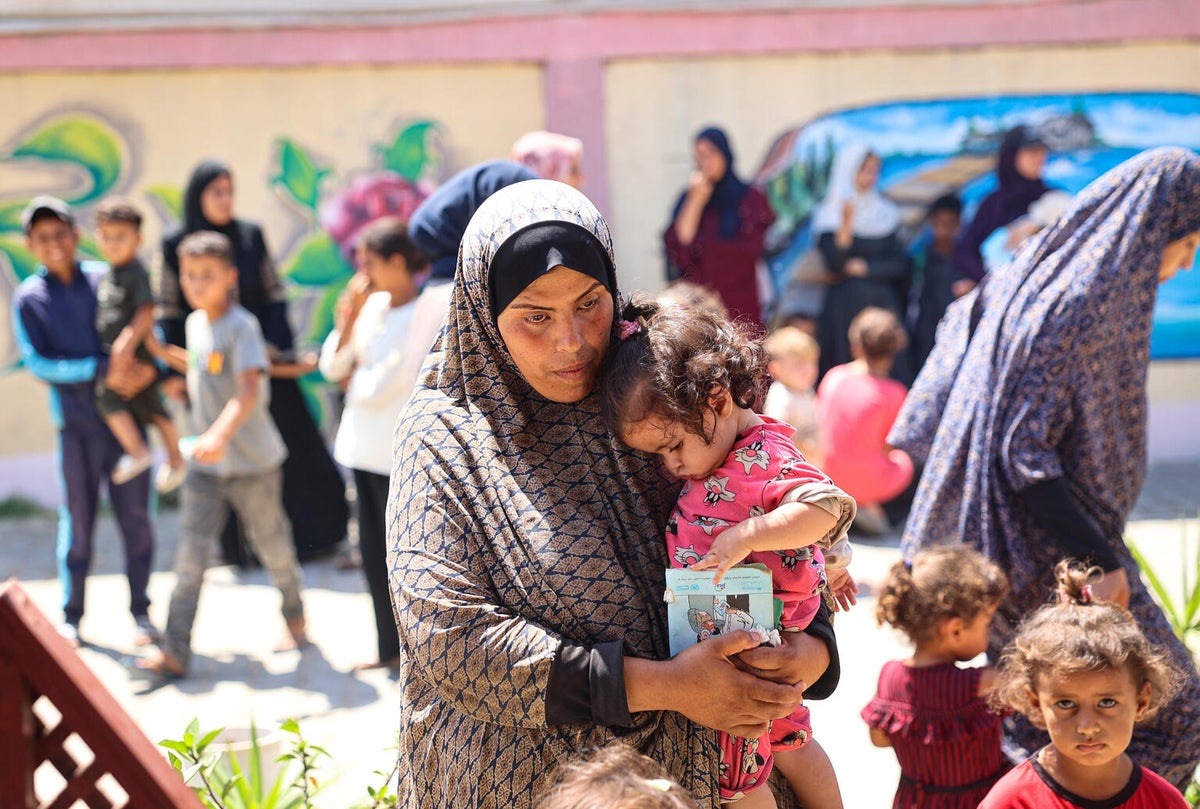
Nutrition in the Gaza Strip
Despite these extremely challenging conditions, families are doing all they can to ensure their children are accessing the little nutrition and healthcare support available.
To understand what is happening, let’s take a closer look at what causes malnutrition in conflict zones, how it is threatening the lives of children, and how we can prevent children from dying.
How has the ongoing conflict caused food insecurity in Gaza?
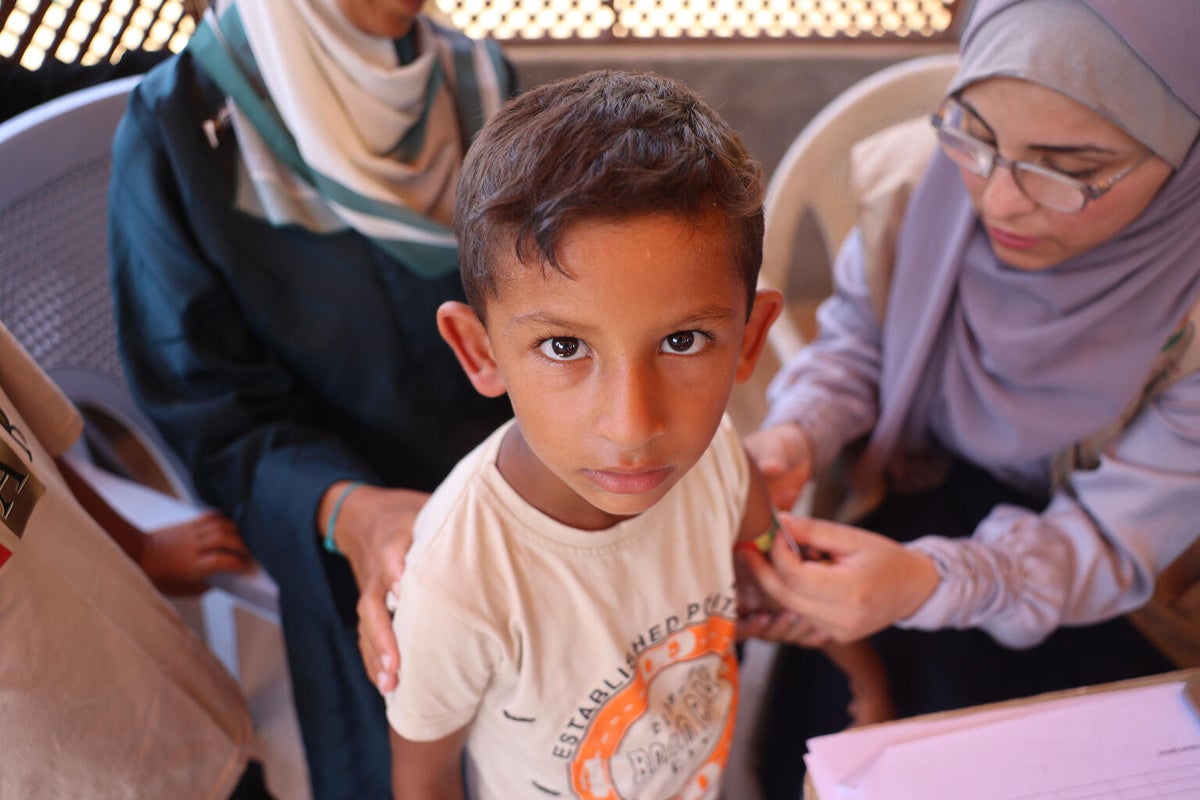
A culmination of factors causing food insecurity include prolonged conflict, the blockade of humanitarian aid and commercial goods, and the destruction of critical infrastructure. As humanitarian conditions continue to deteriorate rapidly, food insecurity is no longer a looming threat but a daily reality for countless families struggling to survive.
Access to lifesaving assistance – food, water, medical care – should never be used as leverage, denied as punishment, or manipulated for strategic gain. Humanitarian aid must remain impartial, free from political or military agendas, and never be weaponised in times of war and conflict.
Read about how parents are being forced to choose between safety and feeding their family
Read the full articleWhat causes malnutrition?
Malnutrition occurs when the body doesn't receive the proper nutrients, caused by not having enough to eat or not eating enough of the right things. However, it's not just about a lack of food; it's often caused by a combination of factors, including diseases such as water-borne diseases like cholera, limited access to clean water and sanitation and lack of access to health services – all of which children in Gaza are facing every day.
Unless unrestricted humanitarian aid and commercial goods are allowed into Gaza at scale, children and their families will continue to face food insecurity and malnutrition.
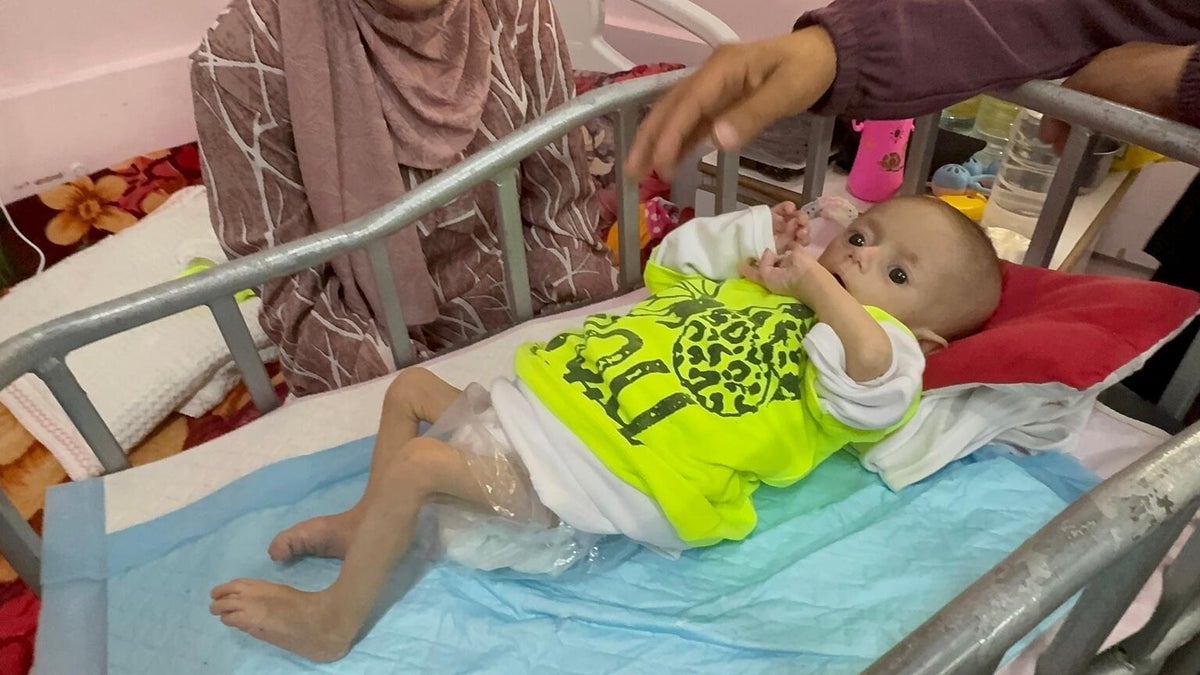
What happens if malnutrition is not treated?
Children with less severe forms of malnutrition experience delayed growth or impaired brain development, which impacts their learning. Malnourished children also become more vulnerable to childhood diseases such as diarrhoea and acute respiratory infections and may grow dependent on a lifetime of health care.
For children who have severe acute malnutrition, which is the most life-threatening form of malnutrition, they need therapeutic treatment as food alone will not enable their recovery. However, those who remain untreated are at high risk of dying, which is what we are seeing in Gaza, with more than 57 children having reportedly died of malnutrition in the Gaza Strip since October 2023, as of 5 April 2025.
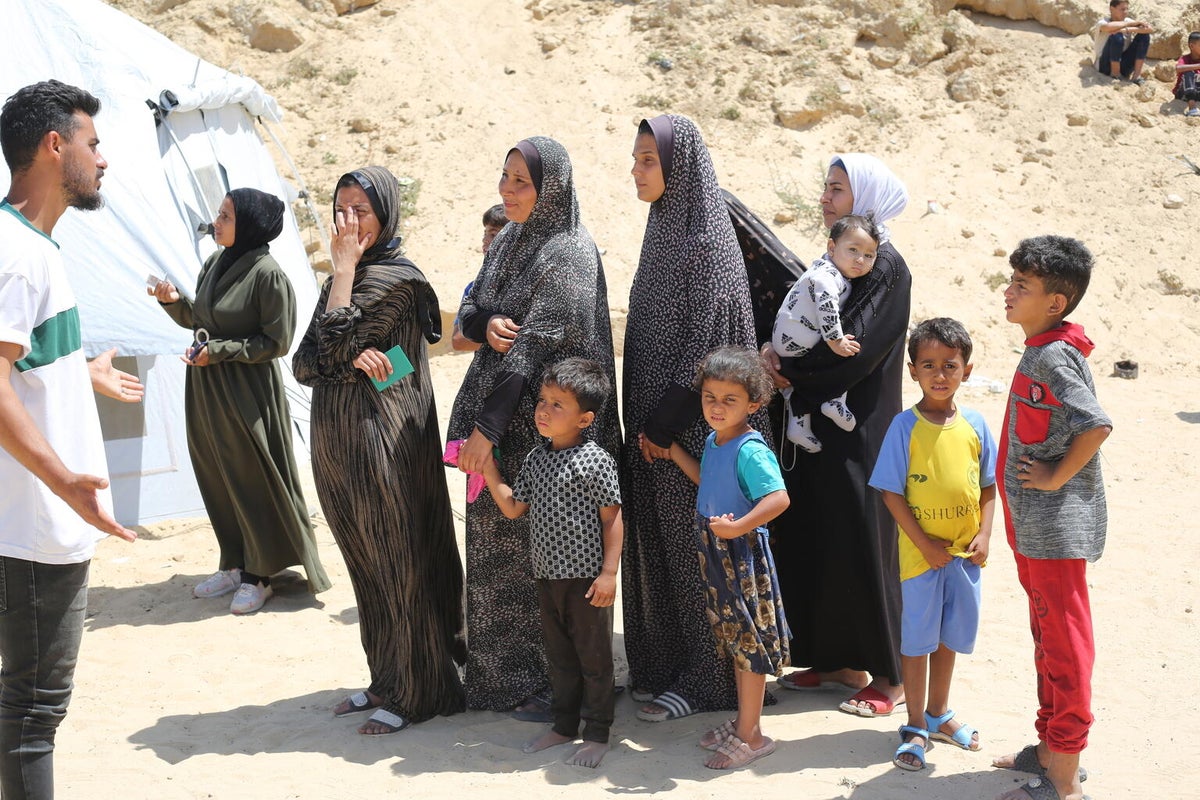
Is there famine in Gaza?
When we think about famine, we often think of climate disasters, such as prolonged droughts. Although a factor, climate shocks are usually not the leading cause of famine; conflict is, which is what we're seeing in the Gaza Strip.
Famine is not only about an extreme lack of food; it is also a lack of clean water, sanitation and health care, which is a massive challenge in conflict situations like Gaza. In this man-made humanitarian crisis, the children in Gaza who have survived unimaginable war atrocities are now dying of starvation and dehydration. They are being deprived of food, water and health care while facing a looming famine.
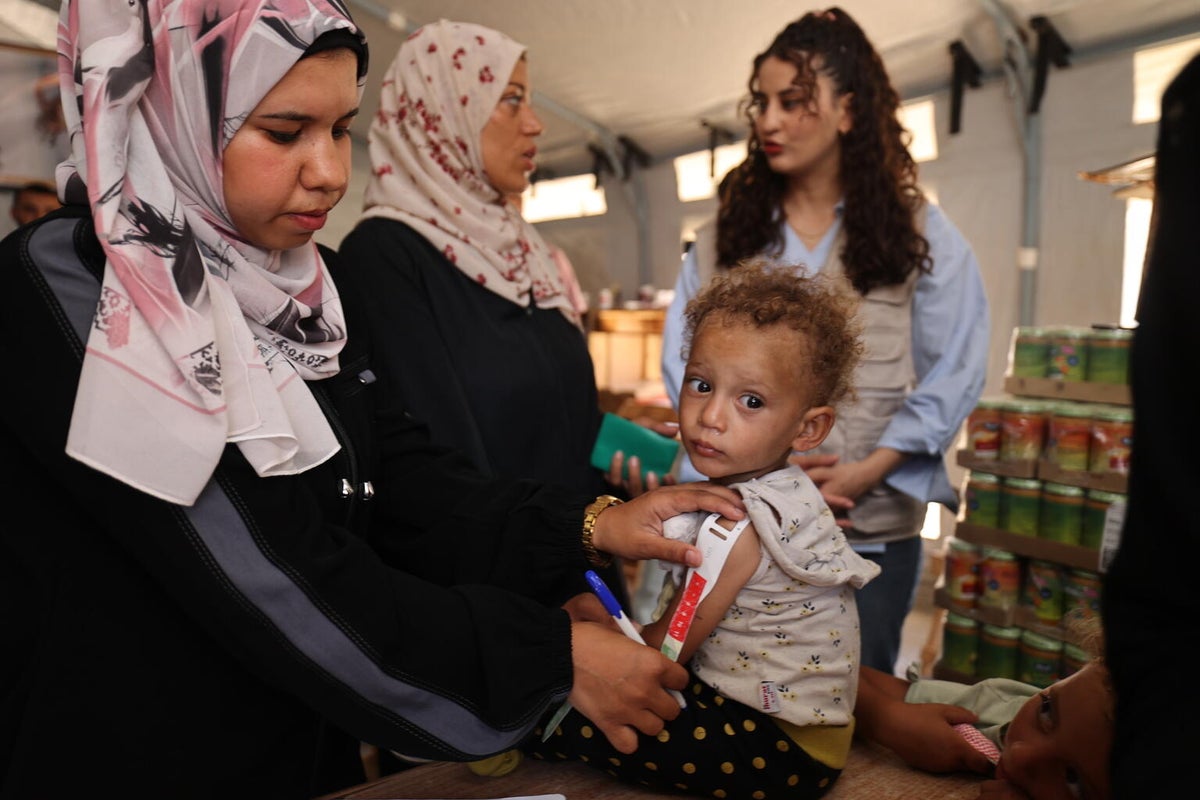
How is UNICEF supporting children impacted by malnutrition?
UNICEF provides lifesaving nutrition screening – the first line of defense against malnutrition – support and treatment to children and their caregivers during emergencies. Since being allowed to resume aid delivery from19 May 2025, UNICEF has been able to bring limited amounts of nutrition supplies into the Gaza Strip. This is a welcome development but vastly insufficient to meet the needs of children and their families, with the entire population facing food insecurity.
After more than 11 weeks without any humanitarian aid entering Gaza, UNICEF successfully delivered over 20 trucks of vital nutrition supplies during May. UNICEF teams have been working with local partners to first screen children for malnutrition, and parents then would receive sachets of fortified paste – called Lipid-based Nutrient Supplement (LNS-SQ) paste – as well as jars with baby food (Ready-to-use complementary food). The paste can be mixed with other foods or eaten straight from the sachet – and the baby food is ready for immediate use, too.
The delivery is a step forward, but it’s just a drop in the ocean of what is needed. Children need UNICEF and partners to be allowed to do our jobs. We have proven that essentials like medicine, vaccines, water, food and nutrition can reach those in distress, wherever they are, when we have unfettered and safe access.
UNICEF is once again urging parties to the conflict to end the violence, and states with influence over parties to the conflict to use their leverage and influence to end the conflict. International humanitarian law must be respected by all parties, allowing the immediate provision of humanitarian aid, the release of all hostages, and the protection of civilians from attacks. The daily suffering and killing of children must end immediately.
Children of Gaza Crisis
Amid unrelenting violence, children in Gaza are starving to death. Support UNICEF’s ongoing efforts. Donate today.
Related articles
Stay up-to-date on UNICEF's work in Australia and around the world


